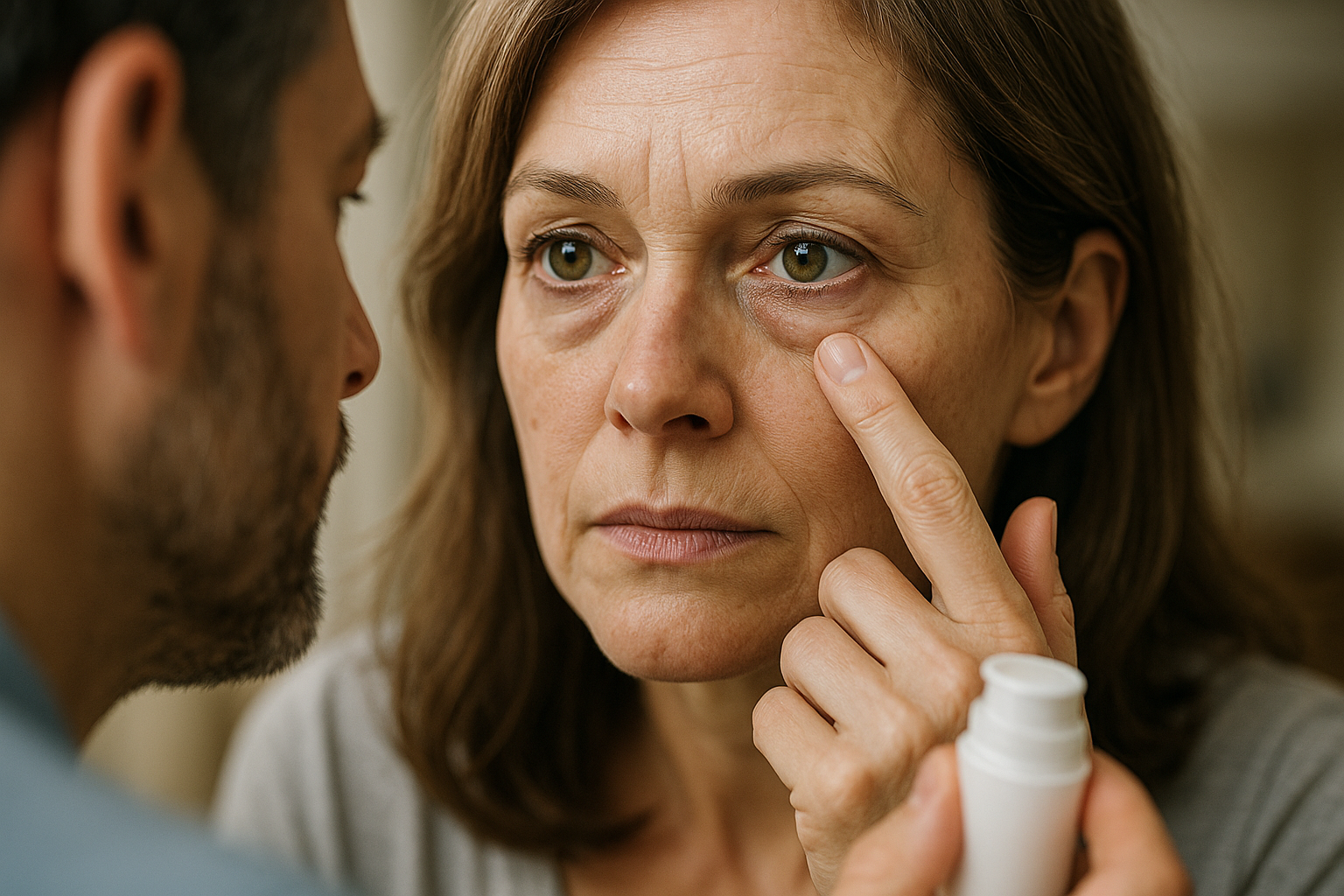Warts Treatment: Causes, Diagnosis, and Care for Skin Warts
Warts are common skin growths caused by the human papillomavirus (HPV). They can appear on hands, feet, and other body areas and vary in size and texture. Understanding what causes warts, how they spread, and the treatment options available helps people choose safe, evidence-based care and manage expectations about recovery time.

This article is for informational purposes only and should not be considered medical advice. Please consult a qualified healthcare professional for personalized guidance and treatment.
What causes warts and skin virus infections?
Warts result from infection of the epidermis by specific strains of HPV, a family of viruses that infect the skin and mucous membranes. The virus enters through small cuts, abrasions, or softened skin and triggers an overgrowth of keratinocytes, producing the characteristic raised lesion. Different HPV types favor different sites (for example, plantar warts on the sole). Warts are contagious: direct contact with a wart or contaminated surfaces can spread the virus, especially in moist environments like pools or locker rooms.
How is a wart diagnosed on the skin?
Diagnosis is usually clinical: a clinician inspects the lesion and may use tools such as a dermatoscope. Common signs include a rough surface, pinpoint black dots (thrombosed capillaries), and interruption of skin lines. Some lesions mimic warts—such as calluses, corns, molluscum, or certain skin cancers—so uncertain or atypical growths may require biopsy or referral to a dermatologist. If you suspect an infected wart (increased redness, pain, pus), seek evaluation to rule out bacterial infection or other complications.
What treatment options exist for warts?
Treatment choices depend on wart type, location, patient age, and preference. Over-the-counter options include topical salicylic acid, which gradually softens and removes lesions with regular use. Cryotherapy (freezing with liquid nitrogen) is a common in-office treatment that destroys tissue and provokes an immune response. Other medical options include topical immunomodulators (e.g., imiquimod), chemical cauterants, laser therapy, and minor surgical removal. Some treatments aim to remove tissue quickly; others stimulate the immune system to clear the virus. Treatment may require multiple sessions; recurrence is possible because HPV can persist in surrounding skin.
When is professional treatment for wart infection needed?
Seek professional care if a wart is painful, rapidly growing, bleeding, or located in sensitive areas (face, genitals), or if you have diabetes, circulation problems, or a weakened immune system. Health professionals can offer stronger therapies and assess for secondary bacterial infection, which may require antibiotics. If home treatments fail after several months, or if the diagnosis is unclear, a specialist visit can provide safer removal options and reduce scarring risk. For children, clinicians often weigh the benefits of treatment against the chance of spontaneous resolution.
Prevention: reducing virus spread and skin infection
Preventive steps reduce transmission and reinfection. Maintain skin hygiene, avoid picking at warts, keep feet dry, and use protective footwear in communal areas. Avoid sharing personal items such as towels, socks, or nail clippers. When treating warts at home, follow instructions carefully to avoid damaging surrounding skin and reduce infection risk. For people seeking local services, discuss treatment choices with a qualified clinician to match methods to lesion type and lifestyle.
There is an unrelated technical message that was observed in a draft source and does not pertain to medical content: An error occurred during Api requesting: Too Many Requests: . This appears to be a system error and should be disregarded when considering medical guidance.
Conclusion
Warts are a common manifestation of HPV infection of the skin and usually respond to a range of treatments from topical acids to clinician-applied procedures. Choice of therapy should consider wart location, symptoms, patient health, and the likelihood of recurrence. Accurate diagnosis and safe technique reduce complications; when in doubt, consult a healthcare professional for tailored care and follow-up.






